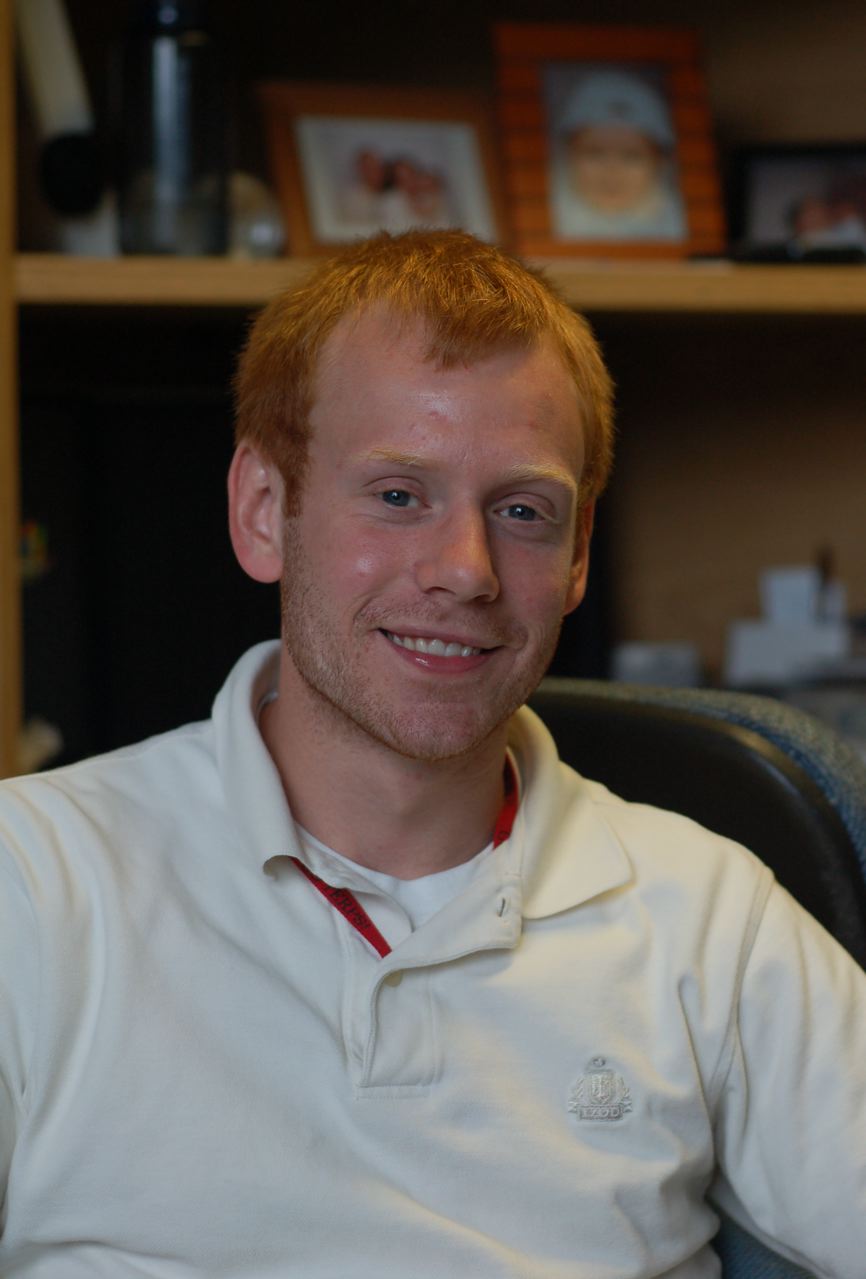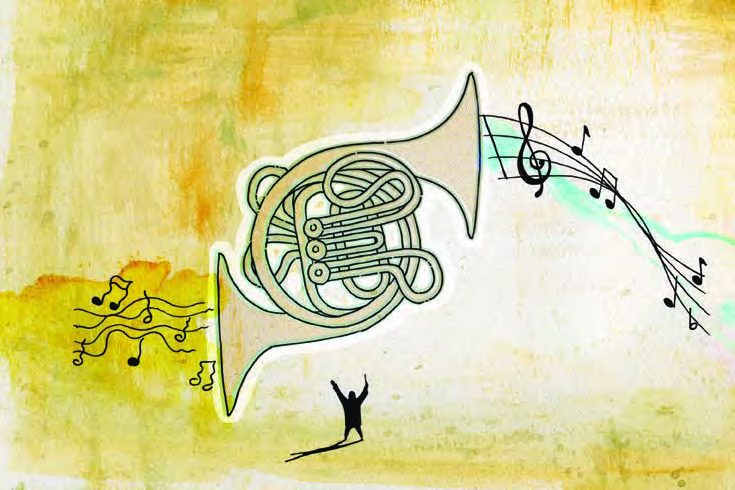Don Cohen, Managing Editor
“Looking back and looking forward” is one way to sum up the learning strategies considered in this issue of ASK. 
Looking back—learning from the past—is a familiar idea at NASA. Program and project teams have long depended on technical documentation of past missions and the advice of “graybeards” to help them solve contemporary problems. Some articles here look at what the past has to offer in interesting ways. Piers Bizony’s “Apollo Technology: Back to the Future” effectively dispels the myth that the Apollo mission’s computers and other technologies were primitive by today’s standards; it suggests how much we can learn from the work that began almost half a century ago. “Son of LEM,” by John Connolly, reinforces the point: designers of the new Altair lunar lander have discovered how brilliantly their counterparts in the sixties met the challenge of reaching (and leaving) the moon, and how much their new, larger spacecraft will resemble its predecessor. “What Would Max Do?” (by Dawn Schaible) is the story of a Langley team using principles of simplicity articulated by NASA pioneer Max Faget to build an alternative launch abort system for the new Orion crew vehicle.
The participants in the Systems Engineering Leadership Development Program have been learning from the more distant past. Haley Stephenson (“Gettysburg Addressed”) shows how the experience of Civil War generals at the battle of Gettysburg illuminates issues project leaders wrestle with today. The basic factors that define leadership—good communication, analysis of complex situations, trust, decision making—have not changed over time.
These backward looks are part of NASA’s preparation for a demanding future. “Fresh-outs” who have recently joined the agency and men and women who are still students today will create new vehicles and instruments for ambitious science and exploration missions in the next decades. Several articles in this issue highlight new programs that will help give them the knowledge and skills they will need. The Hands-On Project Experience (HOPE), jointly sponsored by the Academy of Program/Project and Engineering Leadership and the Science Mission Directorate, gives young engineers and managers an opportunity to carry a small flight project from start to finish. As George Morrow says in the interview, hands-on work is an essential source of deep expertise that cannot be gained in any other way. STEP, the Safety and Mission Assurance Technical Excellence Program, will provide a complete, four-level development program for safety and mission assurance professionals that includes everything from online courses and case studies to on-the-job- learning and membership in professional societies. Both of these educational efforts recognize the point Laurence Prusak makes in “The Knowledge Notebook”—that real learning takes time and comes from experience and interaction with others. And in “Nobody’s Perfect,” Mark Saunders and James Ortiz describe an independent review process that combines learning from experienced veterans with learning by doing real project work.
Finally, “In Their Own Words” looks forward to a time when our present is the past a new NASA generation looks back to for knowledge. Tim Howell describes a program to capture the thinking of International Space Station designers: not only what they did but how and why they made those choices and how their technologies really work. Their words provide the kind of rich context that turns information from the past into knowledge for the future.









